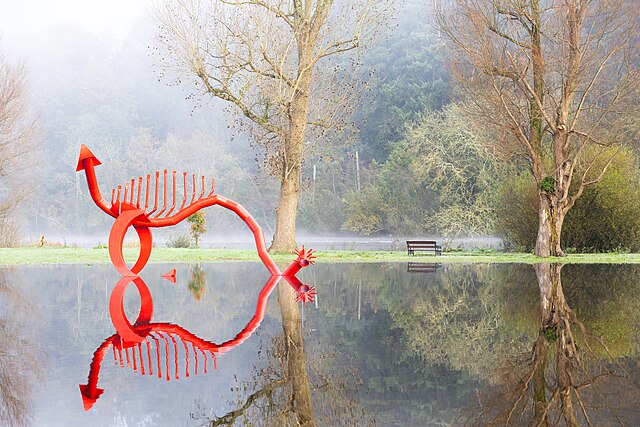A changing Landscape
As someone who has kept his ear close to the pulse of major environmental trends being faced by American citizens, one issue I observed a lot in the new cycle recently is articles discussing the intense rise in annual extreme weather events. Flooding in coastal cities, forest fires in the forests out west, and it seems like every year becomes the new hottest year on record. I’m not trying to fearmonger here, the truth is these natural hazards are a basic side effect of our planet’s changing biosphere. Whether these hazards have spawned due to human action or not is irrelevant because they’re becoming a commonality. What ultimately matters for our generation is learning how to make the most out of this situation.
Climate Mitigation
Now of course every situation is dependent on the climate of the region you are in, so for us here in the south, the two primary weather hazards we will have to deal with are flooding, and unpredictable patterns of hot and cold. When hoping to develop communities around our planet’s changing climate, there are two primary methodologies available; climate adaptation or climate mitigation. Mitigation methods are strictly preventative, this focuses on things like reducing personal consumption, adopting new methods of power generation, and picking up behaviors that can help reduce individual CO2 production. These can be little things recycling to larger acts like choosing to purchase an electric car or installing solar panels for your home.
Climate Adaptation
The more common option and the one preferable to our goal of learning to live with the changing climate patterns, is Climate Adaptation. Adaptation methods centered around building structures and communities around your changing local climate. This can include new methods of resource harvesting, such as internal aquaculture and hydroponics for food; desalinization for water; and integral recycling for nonrenewable resources. Climate Adaptation strategies are for the most part however focused around city planning and construction methods. If humanity wishes to maintain Permian habitation in regions of extreme weather, we have to reconstruct our settlements in a way that flows along with the weather rather than bashing against it. As our generation moves toward the future, it will come up to us to pick up the mantle of societal development, what ultimately matters is if we are willing to adopt new ways of living and organizing ourselves to adapt to our planet’s hardening climate, even if they may seem unappealing, or if we will fall back into our long-standing methods of construction, and all the comforts it provides. The choice is ultimately left up to us, but given how awry our generation has been made to the fracturing state of our world, I have a feeling that Gen Z adults will be in no mood to hold onto the methods of the past.










